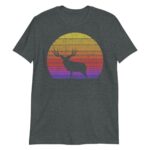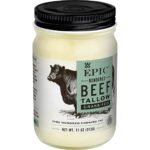Step into the captivating world of the Calamian hog deer, an enigmatic species that roams the lush forests of the Calamian Islands. Its diminutive size, distinctive markings, and endearing nature have made it an object of fascination for wildlife enthusiasts and conservationists alike.
From its unique habitat to its intricate social behavior, every aspect of the Calamian hog deer’s existence paints a vibrant tapestry of biodiversity. Join us as we delve into the captivating realm of this extraordinary creature.
Species Overview
The Calamian hog deer, a small and elusive species of deer, is native to the Calamian Islands in the Philippines. These deer are known for their unique physical characteristics and their critically endangered conservation status.
Physical Characteristics
Calamian hog deer are relatively small, with adults typically weighing between 25 and 45 pounds. They have a short, compact body with a reddish-brown coat that is covered in white spots. Their legs are slender and their hooves are adapted for walking on soft, muddy terrain.
One of the most distinctive features of the Calamian hog deer is its large, canine-like tusks, which are used for defense and fighting.
Habitat and Distribution
Calamian hog deer are found only in the Calamian Islands, which are located in the Palawan province of the Philippines. They inhabit a variety of habitats, including forests, grasslands, and swamps. These deer are primarily nocturnal, spending the day hiding in dense vegetation and emerging at night to feed.
Conservation Status
The Calamian hog deer is critically endangered, with only a few hundred individuals remaining in the wild. The main threats to this species include habitat loss, hunting, and poaching. Conservation efforts are underway to protect the remaining population and to ensure the survival of this unique species.
Behavior and Diet

The Calamian hog deer is a highly social animal, living in small herds of up to 20 individuals. Within the herd, there is a clear hierarchy, with dominant males and females leading the group. Communication between members is primarily through vocalizations, such as grunts and whistles, as well as body language.
Feeding Habits
The Calamian hog deer is a herbivore, with a diet consisting mainly of vegetation. Their preferred food sources include grasses, leaves, fruits, and aquatic plants. They are selective feeders, choosing young and tender vegetation over mature and fibrous plants. To obtain their food, they use their sharp hooves to dig through the soil for roots and tubers, and their broad muzzles to graze on grasses and leaves.
Additionally, they are known to consume fruits that have fallen from trees, and occasionally indulge in aquatic vegetation found in swamps and marshes.
Reproduction and Life Cycle
Calamian hog deer are seasonal breeders, with mating season typically occurring during the rainy season from May to October. During this time, males establish territories and engage in courtship displays to attract females.
The calamian hog deer is a critically endangered species found only on the Calamian Islands in the Philippines. It is one of the smallest deer species in the world, and it is known for its distinctive reddish-brown fur. Like other deer, the calamian hog deer has two lungs, which are essential for its survival.
However, there are some cases where a deer can survive with only one lung. Can a deer survive with one lung ? The answer is yes, but it is not easy. A deer with only one lung will have to work harder to breathe, and it will be more susceptible to respiratory infections.
However, with proper care, a deer with one lung can live a long and healthy life. The calamian hog deer is a resilient species, and it is able to survive in a variety of habitats. It is important to protect this endangered species, so that it can continue to thrive in the wild.
Gestation period lasts approximately 200-220 days, resulting in the birth of a single fawn or, rarely, twins. Fawns are born with a reddish-brown coat and white spots, which provide camouflage in the forest undergrowth. They are precocial, meaning they can stand and follow their mother shortly after birth.
Fawn Development
Fawns nurse for several months and begin to wean around 4-6 months of age. They remain with their mother for up to a year, learning essential survival skills and social behaviors.
The calamian hog deer, a critically endangered species found in the Philippines, faces numerous threats including habitat loss and hunting. While it’s unlikely that a deer could get shot and not bleed, as discussed in this article , the calamian hog deer’s survival is still in jeopardy due to these factors.
- Physical Development:Fawns grow rapidly, reaching adult size by 18-24 months. Their coat color gradually changes to a uniform dark brown, and their antlers begin to develop around 6 months of age.
- Behavioral Development:Fawns are playful and curious, spending much of their time exploring their surroundings. They learn to recognize their mother’s calls and follow her through the forest. As they mature, they become more independent and begin to establish their own territories.
Conservation Efforts
The Calamian hog deer faces several threats, including habitat loss, hunting, and disease. Conservation efforts are underway to protect and recover the species.
Habitat Loss
Habitat loss is a major threat to the Calamian hog deer. The species’ natural habitat is being cleared for agriculture, logging, and development. This loss of habitat reduces the amount of food and shelter available to the deer, and it can also make them more vulnerable to hunting.
Hunting
Hunting is another major threat to the Calamian hog deer. The deer are hunted for their meat, fur, and antlers. Hunting can reduce the population of the deer, and it can also make them more vulnerable to other threats, such as habitat loss and disease.
Disease
Disease is a threat to the Calamian hog deer. The deer are susceptible to a variety of diseases, including foot-and-mouth disease, tuberculosis, and brucellosis. These diseases can kill the deer, and they can also make them more vulnerable to other threats, such as habitat loss and hunting.
Conservation Initiatives
Several conservation initiatives are underway to protect and recover the Calamian hog deer. These initiatives include:
- Habitat protection: Conservation organizations are working to protect the deer’s natural habitat. This includes working with landowners to create wildlife reserves and corridors, and it also includes planting trees and other vegetation to restore lost habitat.
- Anti-poaching measures: Conservation organizations are working to reduce poaching by patrolling protected areas and by working with local communities to educate them about the importance of the deer.
- Disease control: Conservation organizations are working to control diseases that affect the deer. This includes vaccinating the deer and working with local communities to improve sanitation.
These conservation initiatives are helping to protect and recover the Calamian hog deer. However, more work is needed to ensure the long-term survival of this species.
Cultural Significance
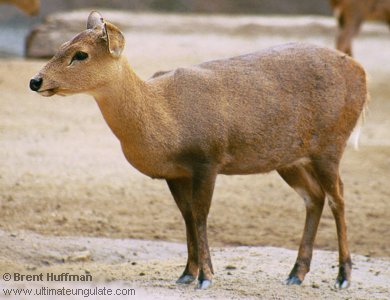
The Calamian hog deer holds a special place in the cultural tapestry of the Philippines, particularly in the province of Palawan where it is endemic. Its distinct appearance and unique characteristics have woven it into local folklore, art, and traditional practices.
In the traditional beliefs of the Palaw’an people, the Calamian hog deer is believed to possess supernatural powers and is often associated with the spirits of the forest. It is said that harming or killing a Calamian hog deer can bring bad luck or even misfortune upon the community.
Art and Crafts
The Calamian hog deer’s striking appearance has inspired numerous artistic expressions. Its image can be found in traditional Palaw’an crafts, such as wood carvings, paintings, and textiles. The deer’s antlers, in particular, are often depicted as symbols of strength and virility.
Comparative Analysis
The Calamian hog deer exhibits distinct similarities and differences when compared to other deer species. Its diminutive size, coupled with its unique physical traits and behavioral patterns, sets it apart from its larger relatives.
Physically, the Calamian hog deer is smaller in stature, with a more compact body and shorter limbs. Its coat displays a distinctive reddish-brown hue, adorned with white spots that aid in camouflage within its forest habitat. Unlike other deer species, the Calamian hog deer possesses a relatively short tail and lacks antlers, further distinguishing it from its antlered counterparts.
Behavior and Ecological Role
Behaviorally, the Calamian hog deer exhibits a solitary nature, often venturing out alone or in small family groups. Its smaller size and agility allow it to navigate dense undergrowth with ease, foraging on a diverse range of vegetation, including leaves, fruits, and grasses.
Compared to other deer species that tend to form larger herds, the Calamian hog deer’s solitary lifestyle may be an adaptation to its limited habitat and resource availability.
Evolutionary Adaptations
The unique characteristics of the Calamian hog deer can be attributed to evolutionary adaptations driven by its insular environment. Its diminutive size is likely a result of limited resources and the need to conserve energy within its restricted habitat. The loss of antlers, a common feature among island-dwelling deer species, may have occurred due to reduced predation pressure and the absence of competing species that typically engage in antler-based combat.
Habitat and Ecology
The Calamian hog deer is a small, reclusive deer species that inhabits the lush rainforests of the Calamian Islands in the Philippines. Its habitat is characterized by dense vegetation, ample water sources, and a relatively undisturbed environment.
The Calamian hog deer primarily inhabits primary and secondary rainforests, where it finds shelter, food, and protection from predators. The vegetation in these forests is dominated by tall trees, dense understory, and a rich variety of plant species, providing the deer with a diverse range of food options.
Water Sources
Water is an essential resource for the Calamian hog deer, and its distribution influences the species’ movement and habitat selection. The deer rely on freshwater sources, such as rivers, streams, and ponds, for drinking, bathing, and cooling down. During the dry season, water availability becomes limited, and the deer may have to travel long distances to find water.
Environmental Conditions, Calamian hog deer
The Calamian hog deer prefers warm, humid environments with moderate rainfall. The average temperature in the Calamian Islands ranges from 25 to 30 degrees Celsius (77 to 86 degrees Fahrenheit), and the annual rainfall is around 2,000 millimeters (79 inches).
The deer are well-adapted to the tropical climate and can tolerate a wide range of environmental conditions.
Interactions with Other Species
The Calamian hog deer is a shy and elusive animal that avoids contact with humans and other predators. However, it does interact with other species in its ecosystem, including predators, prey, and competitors.
Predators
The Calamian hog deer is preyed upon by several predators, including the Philippine crocodile, the reticulated python, and the clouded leopard. To avoid predation, the deer rely on camouflage, hiding in dense vegetation, and fleeing from danger.
Prey
The Calamian hog deer is an opportunistic feeder that consumes a wide variety of plant material, including leaves, fruits, and shoots. It also feeds on small invertebrates, such as insects and snails.
Competitors
The Calamian hog deer competes with other herbivores for food resources, including the Philippine warty pig and the Visayan spotted deer. To reduce competition, the deer may occupy different habitats or feed at different times of the day.
Research and Future Directions
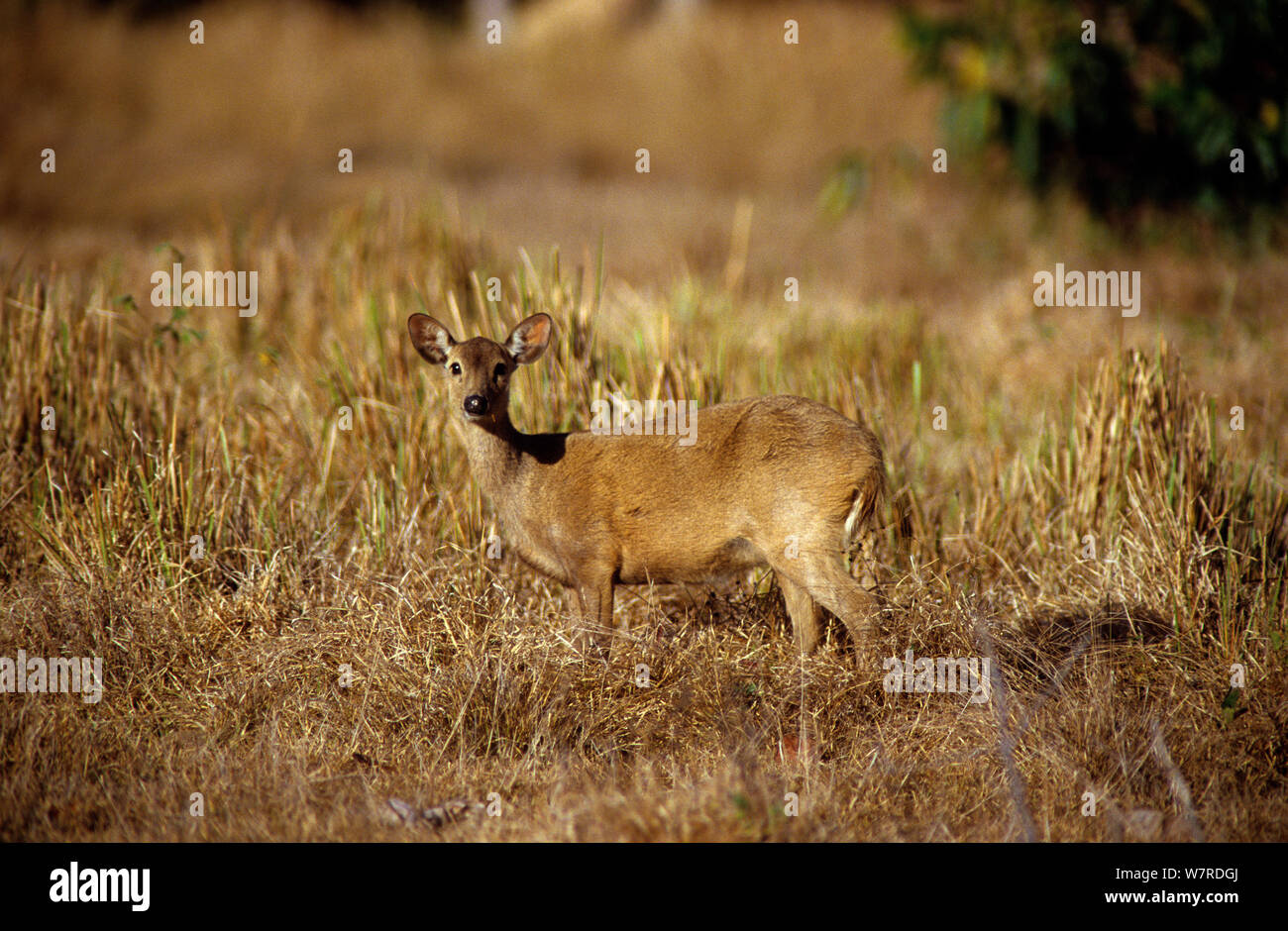
Current research on the Calamian hog deer focuses on understanding their population dynamics, habitat use, and conservation needs. Studies have revealed their preference for primary and secondary forests, their reliance on specific plant species for food, and their vulnerability to habitat loss and hunting.
Further investigation is needed to determine the long-term effects of habitat fragmentation and climate change on the species. Additionally, research on their reproductive biology, genetic diversity, and disease susceptibility would provide valuable insights for conservation efforts.
Potential Future Research Directions
- Investigate the impacts of habitat loss and fragmentation on population connectivity and genetic diversity.
- Assess the effects of climate change on the distribution and abundance of the Calamian hog deer.
- Develop non-invasive monitoring techniques to track population trends and identify threats.
- Study the role of the Calamian hog deer in the forest ecosystem and its interactions with other species.
Conservation Strategies
- Protect and restore critical habitats through land acquisition and conservation easements.
- Implement anti-poaching measures and raise awareness about the importance of the Calamian hog deer.
- Develop captive breeding programs to supplement wild populations and maintain genetic diversity.
- Collaborate with local communities to promote sustainable land use practices and reduce human-wildlife conflicts.
Ending Remarks: Calamian Hog Deer
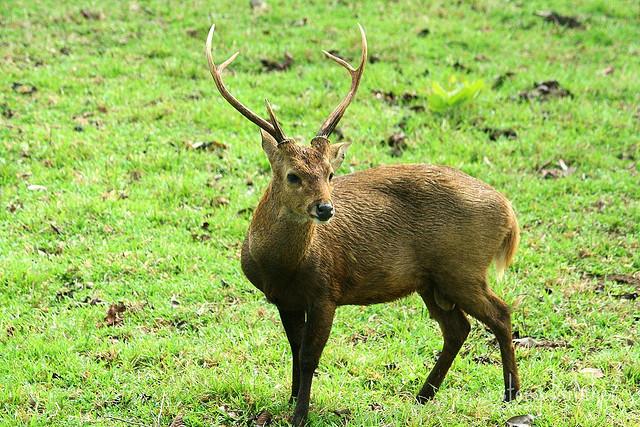
As we bid farewell to our exploration of the Calamian hog deer, let us carry with us a profound appreciation for its ecological significance and the urgent need to protect its fragile habitat. By raising awareness and supporting conservation efforts, we can ensure that future generations will continue to marvel at the beauty and wonder of this Philippine treasure.
User Queries
What is the primary habitat of the Calamian hog deer?
The Calamian hog deer primarily inhabits the dense forests of the Calamian Islands in the Philippines.
How does the Calamian hog deer differ from other deer species?
Unlike most deer species, the Calamian hog deer is characterized by its small size, distinctive reddish-brown coat, and absence of antlers.
What are the major threats facing the Calamian hog deer?
Habitat loss due to deforestation, hunting, and disease outbreaks pose significant threats to the survival of the Calamian hog deer.
How can we contribute to the conservation of the Calamian hog deer?
Supporting conservation organizations, raising awareness about the species, and reducing our environmental impact can all contribute to the protection of the Calamian hog deer.
